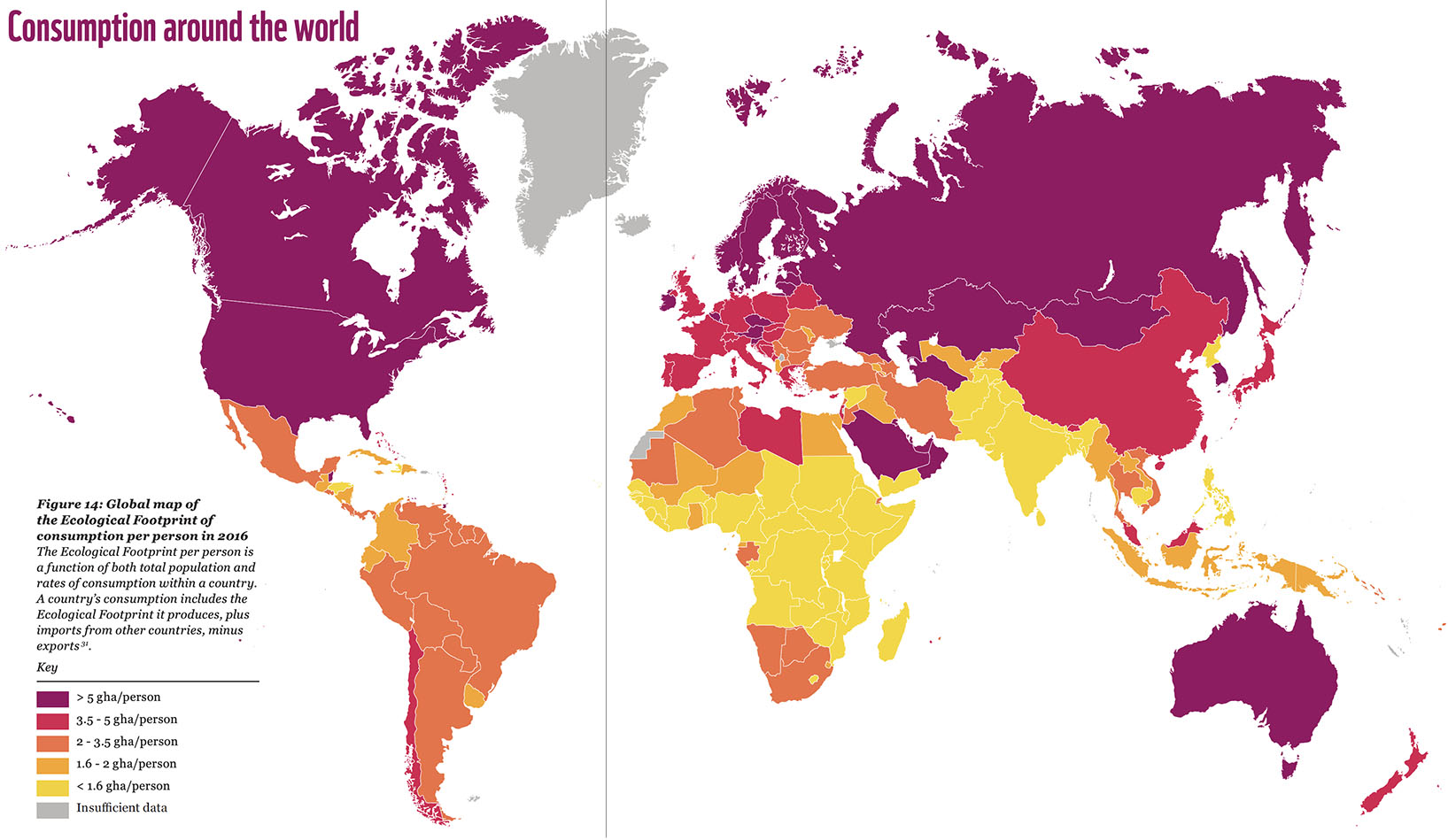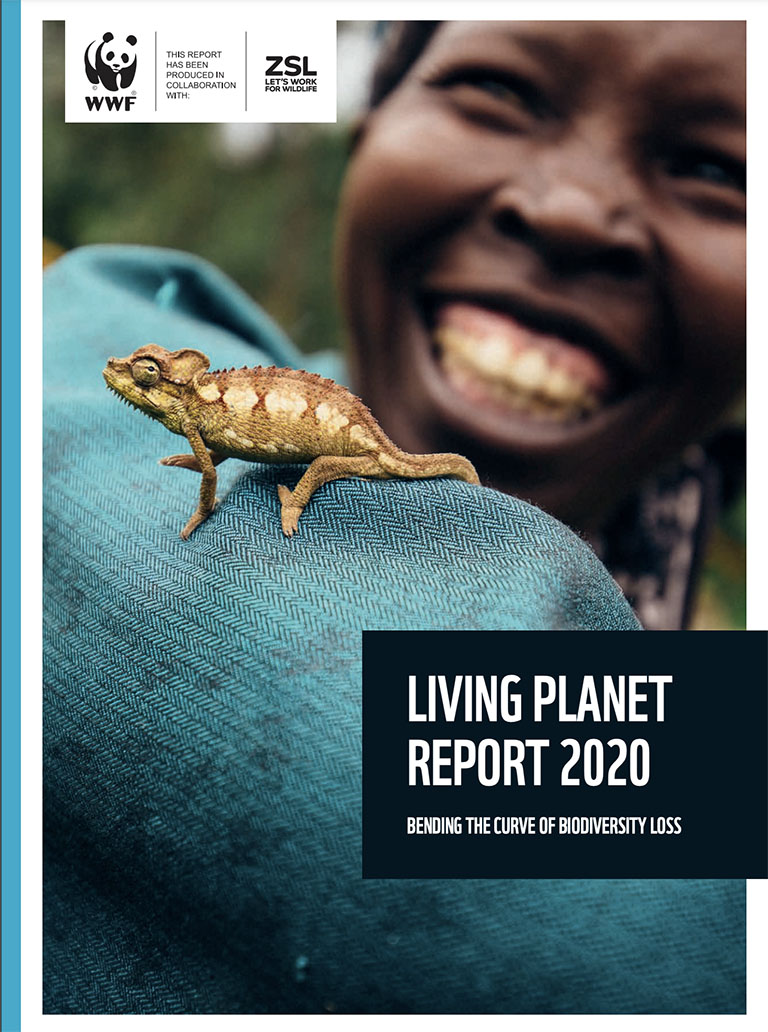- Bullet Summary 1: Text goes here.
- Bullet Summary 2: Text goes here.
- Bullet Summary 3: Text goes here.
- Bullet Summary 4: Text goes here.
The introduction text goes here. The introduction text goes here. The introduction text goes here. The introduction text goes here. The introduction text goes here.
The introduction text goes here. The introduction text goes here. The introduction text goes here. The introduction text goes here. The introduction text goes here.
The introduction text goes here. The introduction text goes here. The introduction text goes here. The introduction text goes here. The introduction text goes here.
The introduction text goes here. The introduction text goes here. The introduction text goes here. The introduction text goes here. The introduction text goes here.

The introduction text goes here. The introduction text goes here. The introduction text goes here. The introduction text goes here.
The introduction text goes here. The introduction text goes here. The introduction text goes here. The introduction text goes here.
The introduction text goes here. The introduction text goes here. The introduction text goes here. The introduction text goes here.
The introduction text goes here. The introduction text goes here. The introduction text goes here. The introduction text goes here.
The introduction text goes here. The introduction text goes here. The introduction text goes here. The introduction text goes here.

The introduction text goes here. The introduction text goes here. The introduction text goes here. The introduction text goes here.
The introduction text goes here. The introduction text goes here. The introduction text goes here. The introduction text goes here.
The introduction text goes here. The introduction text goes here. The introduction text goes here. The introduction text goes here.
Mongabay: What originally prompted your interest in wildlife and conservation?
Alice Ruhweza: Wildlife Conservation was a central part of my life from a young age. When I was growing up in Uganda in the 1970’s my father was the “Chief Game Warden” in the National Game Department where he was in charge of wildlife and protected and conserved area management across the country.
As a Game Biologist, he had a special interest in wildlife, their habitats, and how they interact. I remember his stories about the different animal’s behavior, what they liked to eat, how they fed, etc. He taught us their biological names and their names in our local language – Rutooro.

My father’s office was at the zoo in Entebbe and whenever we had a chance to visit him, he would take us around and show us the variety of wildlife. The one animal we were always curious about was the Lion, or “Entale”, in our local language. I still remember our collective excitement when he took us to watch the movie “Born Free”, where one of the lions at the zoo was featured. Many times during the holidays, he took us to the national parks where we saw the same animals in the wild, and what their existence meant for communities and ecosystems. It was spectacular.
These experiences were pivotal for me, and formed the foundation for my life long interest in nature and conservation, and the importance of both to local communities.
Mongabay: Earlier in your career you served as Executive Director of the Vital Signs Programme, which puts data at the center of environmental policy-making. In your current role at WWF in Africa, what sort of data do you and your team use and how does it inform decision-making?
Alice Ruhweza: Vital Signs was quite a groundbreaking program in terms of putting data at the heart of decision making. In addition to collecting detailed data, and developing visualizations, we also used algorithms to integrate diverse types of data – satellite data, granular data such as soil samples from the ground, and data from household surveys to demonstrate the power of integrating data across sectors and scales to help policy makers make better decisions.
At WWF, data and science are at the core of the work we do. As an evidence-based organization we make use of data across all the scales at which we work – landscape, national, regional, and global. We use a variety of data to inform both internal and external decision making.
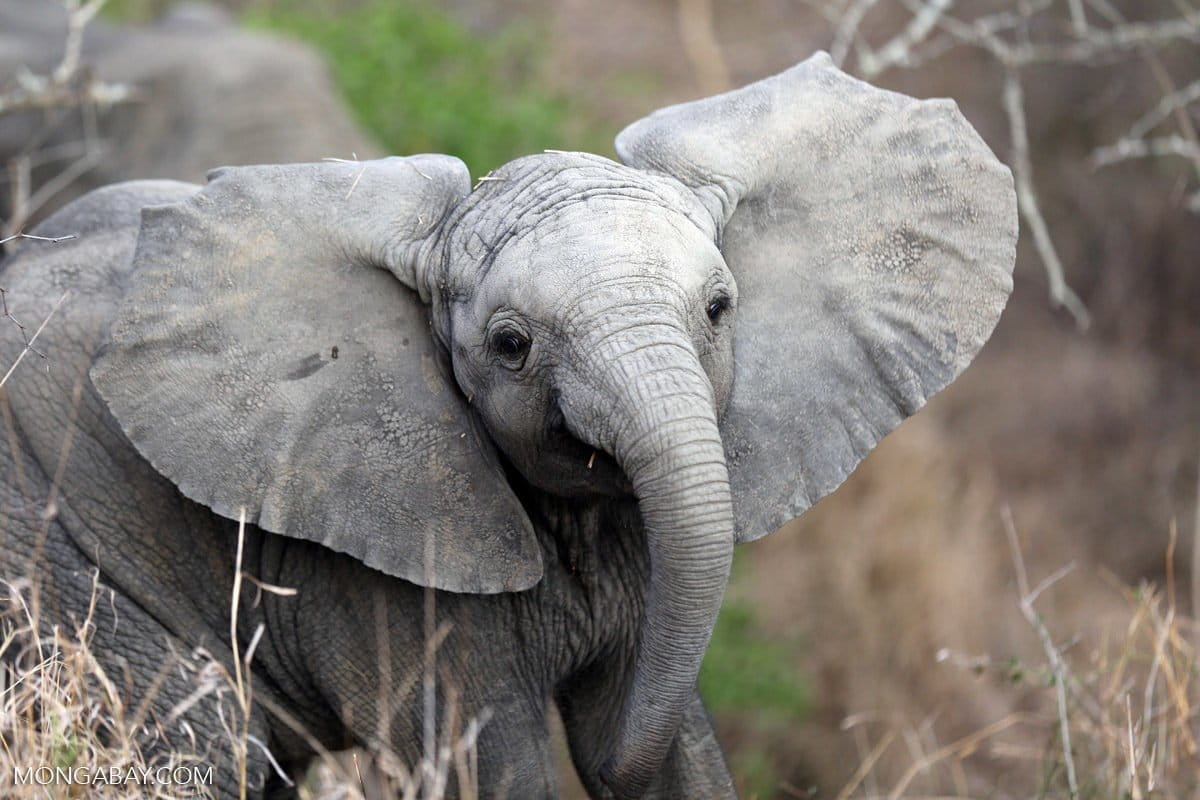
For example, at the landscape level we bring together data from camera traps, aerial surveys, and other biomonitoring tools, coupled with participatory socio-economic surveys and metrics of human wellbeing, to track our impacts and inform our program design and implementation.
At the national and regional level, we use data to inform our discussions with partners, including regional policy bodies and economic commissions, to strengthen policy frameworks and investments in nature as a foundation for sustainable development. For example, our work with the African Development Bank on Africa’s Ecological Futures brings together data, scenarios and futures thinking to inform continental decision making around infrastructure, energy, and development investments.
At the global level, our practice structure brings cutting-edge science and thought leadership to support conservation and sustainable development across scales – including recent reports on Africa’s Indigenous Foods in the context of Planet Based Diets, Deforestation Fronts, the World’s Forgotten Fishes, and Africa’s Living Planet Report.
In addition to the data we use now, we also see data as critical to the success of our work going forward. Our forthcoming Africa Strategic Conservation Framework highlights data as a critical pathway to impact, and new frontiers in data science, big data, modeling, AI, and citizen science will all be essential components of our work at WWF and in our support to policy and decision makers in the region.
Mongabay: On the data front, for climate change mitigation, targets are clearly defined and relatively easy to measure. But this isn’t the case with biodiversity. What are ways to address this issue on data and goals-setting fronts?
Alice Ruhweza: An important component of effective calls to climate action is the clarity of what we are measuring and how to measure it. This has been critical for setting targets and monitoring progress. As you note, the sheer diversity of ecosystems and life on earth makes the identification of a single metric like carbon much more challenging. But it is not impossible, and we have recently made great strides in this area under the Convention on Biological Diversity (CBD). In 2010, at the tenth meeting of the Conference of the Parties (COP) of the CBD, parties adopted biodiversity targets for the 2011-2020 period. The 20 Aichi Biodiversity Targets are broken down into 60 separate elements, and provide a clear framework for both implementation of priority actions and monitoring overall progress.
But while having a clear framework and agreed upon targets is an important step, we still need to come together and do the hard work of implementation. And to do that requires commitment and collaboration. A recent UN report reviewed progress on the targets and found that we still have some way to go in terms of reaching our goals for conserving biodiversity. The report highlighted that only six Aichi targets have been partially achieved, including those on protected areas and invasive species. 44% of biodiverse areas are now under protection, an increase from 29% in 2000. Around 200 successful eradications of invasive species on islands have also taken place. However, a target to halve the loss of natural habitats, including forests, has been met. While global deforestation rates have decreased by about a third in the past five years compared with pre-2010 levels, degradation remains high. Wetlands have continued to disappear and freshwater ecosystems remain critically threatened. Harmful government subsidies for agriculture, fossil fuels and fishing are highlighted in the report as a particular area of concern.
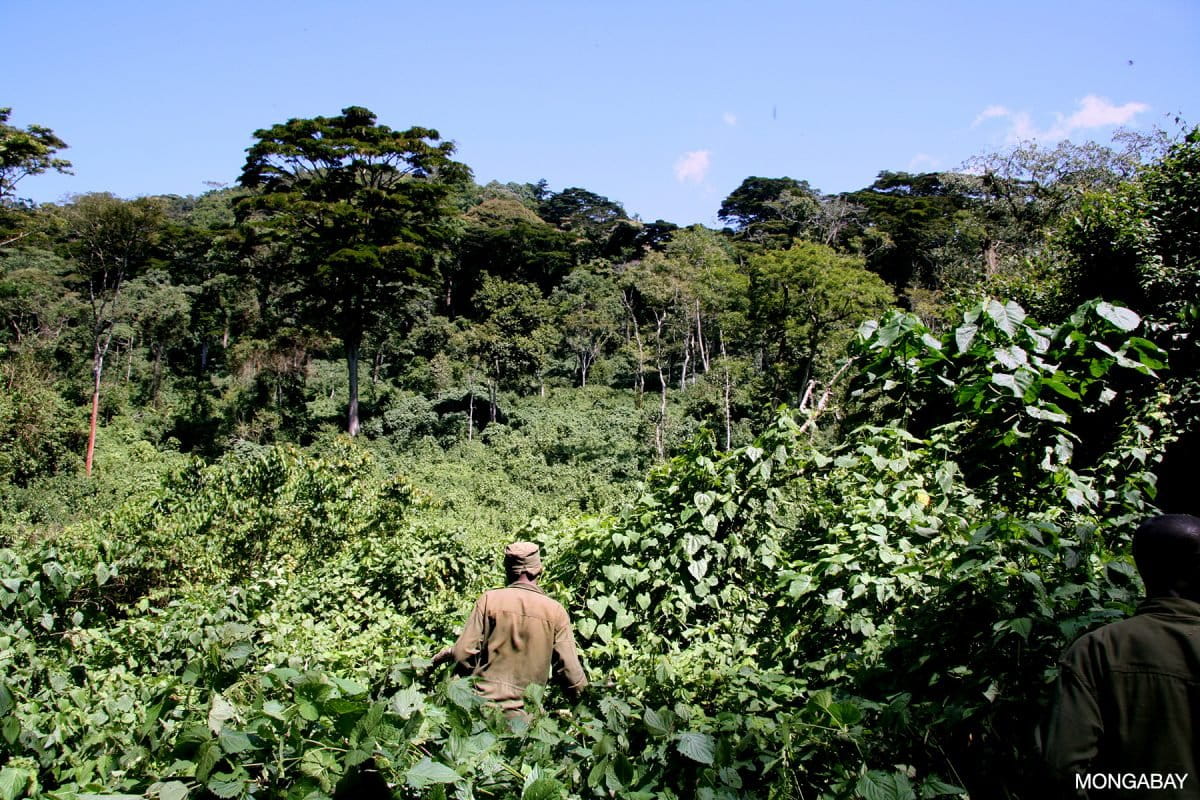
But we remain both hopeful and optimistic that we can all come together around a new Post 2020 Biodiversity framework that is now under development and will be discussed and agreed at the next COP in Kunming in October 2021.
WWF recently produced a Kunming Plan for Nature and People which presents proposals for goals and targets for consideration in the new framework. We believe these goals and targets will drive the required transformative change, including a fundamental shift of financial streams towards nature-positive impact. The paper also proposes an implementation mechanism to significantly enhance transparency and accountability.
The WWF Kunming Plan proposes six measurable outcome goals on ecosystems, species, sustainable use, nature’s benefits to all people, access and benefit sharing of genetic resources, and resources and support toward implementation. In addition, the proposal includes 23 measurable Kunming action targets that address issues where concrete and measurable actions are required by 2030 to deliver the 6 outcome goals.

One of the most essential prerequisites for the achievement of these goals and targets is adequate political will and recognition of the critical importance of biodiversity at the highest levels of Government or State. This is a message we are keen to take to the world, and we are poised to use compelling data to convince world leaders to make strong commitments and signal their support for cross-sectoral action to transform the drivers of nature loss, and ensure the mobilization of adequate resources. Over 80 countries, including 13 leaders in Africa, have already endorsed the Leaders’ Pledge for Nature, which means that they commit to reverse biodiversity loss by 2030 for the long term benefit of both people and planet.
But we must do more. We have the science, the data, and the evidence – but what we really need now is the political will to transform these into actions to put the world on the right track towards the long-term goal of people and nature thriving together.
Mongabay: As Team Leader of the Global Environment Finance Unit in Africa for the United Nations Development Programme (UNDP), you led a team that raised over $600 million to support more than 40 countries in Africa. What do you see as the key elements to successful fundraising? Both on a large-scale like this, but also at a smaller-scale relevant to local NGOs?
Alice Ruhweza: At UNDP, I saw first hand how to leverage environmental finance for sustainable development outcomes. While most of the environmental finance we mobilized was focused on delivering global environmental benefits such as ecosystems and biodiversity management, climate change mitigation and adaptation, water and oceans governance, or chemicals and waste; as the UN development organisation, we sought to ensure that these funds also delivered lasting social-economic benefits for people. This was very important for the countries we mobilized funding for because while the governments were keen to protect their natural capital, they also have fundamental pressing concerns such as poverty reduction, food insecurity, job creation, reduction of income inequality and gender equity. We could not succeed in delivering environmental benefits if we did not also take care of these challenges.
So, in my view, the first key element to fundraising is to put the needs of countries and their people first. Secondly, money on its own does not produce results. People do. Therefore, relationships and partnerships matter. Through local partnerships we find local champions for our work. And champions ensure the work has lasting impact.
At WWF in Africa, we follow this same vision. We work to ensure a world where people and nature live in harmony. We are increasingly looking for new and innovative ways to support this vision. For example, the collapse of tourism across Africa during the COVID-19 pandemic exposed the need for more diverse and resilient income streams to support conservation and communities. In response, WWF has the development of a collaborative COVID response platform to link communities in need of support to resources. With initial support from the Global Environment Facility (GEF), the platform will address both immediate resource needs while at the same time provide a foundation for developing new and innovative approaches and partnerships.

The COVID response platform is part of a larger effort by WWF to catalyze new approaches to sustainable conservation finance through collaboration, innovation, and incubation. The Beyond Tourism Innovation challenge, in partnership with the African Leadership University and the Luc Hoffmann Institute (LHI), that seeks new win-win solutions that support the protection of nature and sustainable livelihoods and economic resilience to the communities who manage land or live in close proximity to wildlife. With more than 300 applicants submitted, representing 54 countries, 15 proposals were shortlisted for the one year incubation period. We believe in solutions that are homegrown for local challenges.
And finally, I would like to emphasize, that going forward we must transform the way we fund nature conservation – not as a reactive measure to save dying species and ecosystems, but as a proactive investment in our present and in our future. Governments, the private sector, and individual citizens all have a part to play. No longer can we view nature conservation as someone else’s business. Nature is everyone’s business and underpins our collective well-being.
Mongabay: What have been the biggest changes in conservation between when you got your start and now?
Alice Ruhweza: The biggest change I have seen over the last 20 years is the growing recognition of a fact that those living closest to nature and wildlife have always known: that people and nature must co-exist. This has resulted in a shift to a more people-centered and rights-based conservation approach.
It is important to note that the relationship between people and nature is not new. People have lived with nature from time immemorial. But it is only relatively recently that the conservation community has begun to recognize this not only as a fact, but as both an opportunity and a responsibility.
One of the things my father used to say is “people and wildlife should be friends”. In many ways his push to make us appreciate nature was to ensure we saw people and nature as natural allies. While my father pushed us to love nature, my mother instilled in us a very strong values based system. As a community development officer, she has a very strong sense of community and always ensured we understood the importance of humility and respect for everyone, whether young or old.
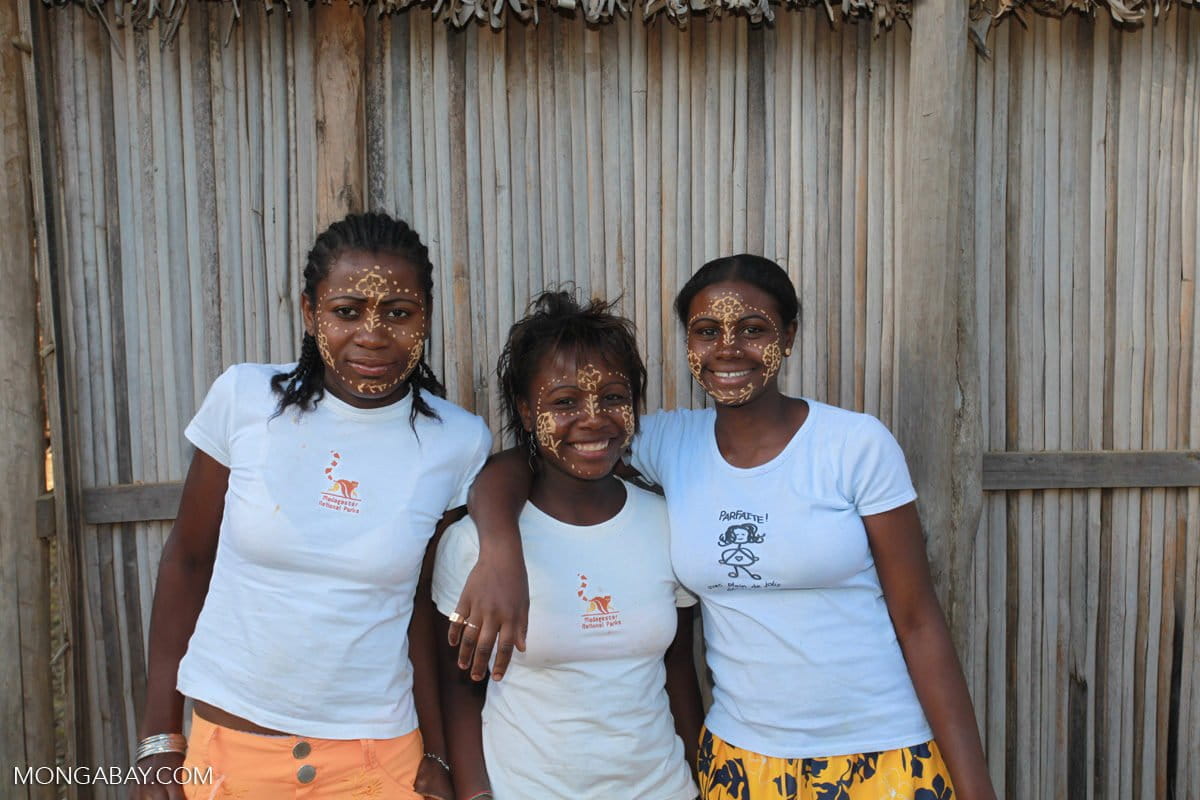
In keeping with this, people are central to our approach to conservation in Africa. In our soon to be launched African strategy, we identify an inclusive whole of society approach as critical to conservation success. We will continue to work across scales and sectors for the voices of all stakeholders to be included in the conservation narrative, and that in turn conservation is recognized as critical to our health, wealth, and wellbeing – the foundation of sustainable development. Practically, this means that on the one hand we will continue to work with local communities and indigenous people to help protect their land and livelihoods through, for example, support for sustainable production systems, innovative nature based livelihood options, and effective and equitable natural resource governance, while at the same time continuing our policy and advocacy work with governments, the private sector and civil society. We also recognize that an increasingly important, and often overlooked, component of conservation success is the broader engagement of society at large. Nature is everyone’s business, and to ensure that we capture the power of Africa’s voices we must bring people together across sectors, cultures, and economics to address the critical challenges of inequality, gender, power dynamics, and corruption. Only once we recognize that we are all in this together, and that conservation is not about “them” but rather about “us”, will we be able to fully transform the conservation narrative from “exclusion” to “inclusion” and from “conflict” to “harmony”.
Mongabay: What do you see as major gaps that still persist in the conservation sector?
Alice Ruhweza: What is so exciting about conservation is that it is such a dynamic and adaptive space. While we are making real and tangible strides forward overall, there are still some areas of opportunity and need – areas where we can and will do better. Three critical areas that come to mind are Partnerships, Governance and Sustainable finance. If we see the conservation sector as a work in progress, then we can view issues like these not so much as gaps, but as critical components of a bridge that we are actively building between people and nature.
But we can’t build that bridge alone. We must do it in partnership – with communities, civil society, the private sector, and governments. At the core of this approach is the idea that nature is everyone’s business. Bringing this concept together with the idea that nature conservation and sustainable development go hand in hand highlights the need for a broad and inclusive approach to partnership. Today’s challenges will only be solved with collaborative solutions that bring together partners across sectors and scales.

Another important challenge, and critical component of this bridge, is natural resource governance. Our current political and economic systems often exacerbate inequalities and undermine local governance and production systems. To re-establish and strengthen our ties with nature, and support the rights, recognition and inclusion of Indigenous peoples and local communities in conservation, we need to do more to advocate with governments and other decision makers.
Indigenous Peoples and local communities around the world have been stewards of the world’s most precious places such as forest, grassland, savannah, wetland and ocean for decades. But today, many of these places are threatened by the global demand for oil and minerals and destructive development in general, which is equally threatening indigenous cultures and traditions. Conserving those places means recognizing Indigenous Peoples and local communities as their rightful custodians and supporting their efforts to decide how to manage their land.
The post-2020 framework that WWF is advocating for should address many of these governance issues, including fighting corruption, fair access to benefit sharing and biosafety, respect of human rights including gender equality, sufficient resourcing, capacity building and mutual learning among others. The Rights-based approach in conservation will help IPLCs achieve full recognition of their land rights, respect for their leadership and governance as well as their free, prior and informed consent in the creation of protected and conserved areas that recognize the contributions of IPLCs and that benefit both people and the biodiversity that we all depend upon.
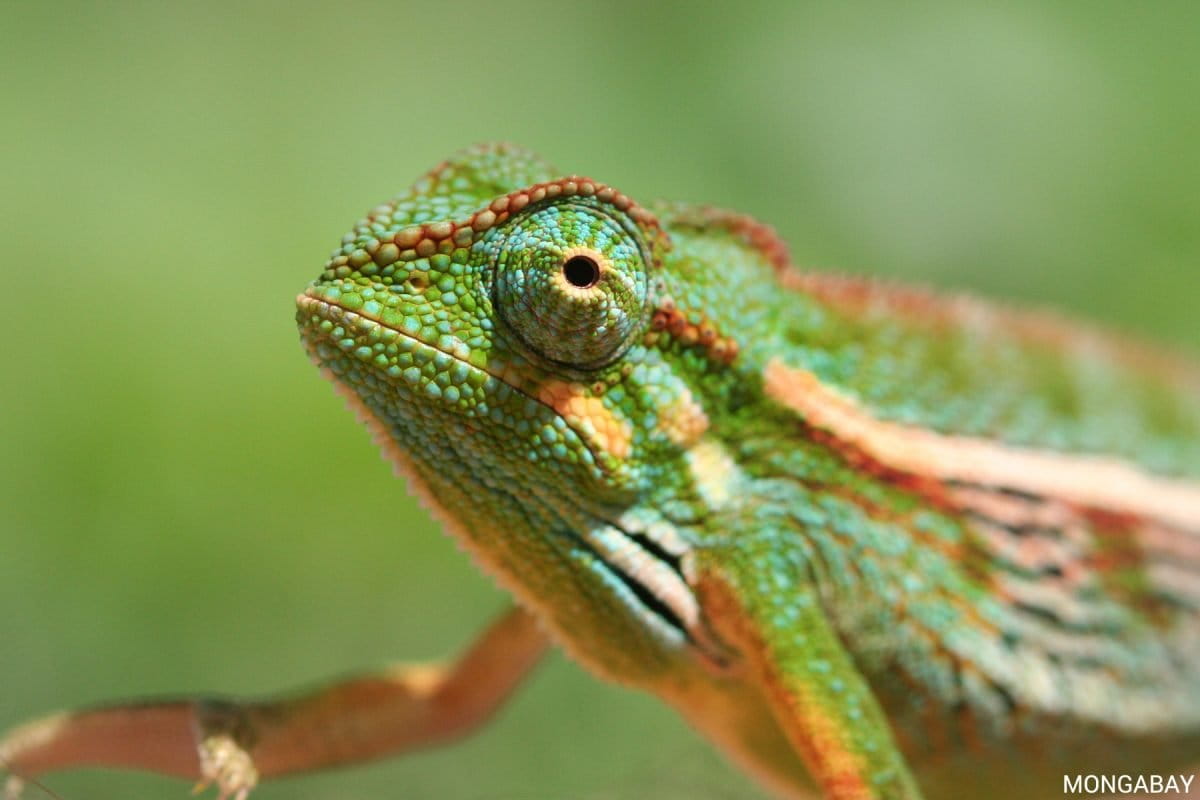
Finally, biodiversity needs investment. Conservation funding has roughly doubled since 2010, but is still not enough. The annual amount needed to adequately resource nature conservation is estimated to be between $300-400 billion every year, but currently only around $52 billion is available. The CBD says there’s another problem too: “these resources are swamped by support for activities harmful to biodiversity”.
This lack of funding is symptomatic of a much bigger problem – the problem of relevance. For too long conservation has been seen as something foreign, something that benefits outsiders. In Africa, and globally, we must transform the conservation narrative to one of inclusion. Recognizing this is the first step towards unlocking the investment that is critical to the success of conservation and sustainable development on the continent and in the world.
Mongabay: What is a common misperception in the West about conservation in Africa?
Alice Ruhweza: The West largely thinks about conservation in Africa as all about large mammals. It is true that Africa has some of the most awe inspiring assemblages of large terrestrial mammals anywhere on earth. But conservation in Africa is so much more than that. Conservation in Africa is also about forests, and rivers, wetlands, mountains and deserts. It’s about the world’s second most important collection of tropical reefs and astonishing freshwater biodiversity.

And most importantly, conservation in Africa is about people. As the home of humankind, Africa and its ecosystems have evolved together with people. More than just being critical components of ecosystems, over 50% of people in Africa depend directly on nature for their livelihoods. When we talk about conservation in Africa we are really talking about people and nature. We are talking about complex and dynamic ecosystems and rich biodiversity living side by side with communities.
Mongabay: A combination of high profile controversies in conservation in recent years and the global outcry following George Floyd’s killing last year has put a spotlight on discrimination, inequity, and lack of inclusivity in the sector. Are you seeing any effect of this greater awareness? And does it impact your work?
Alice Ruhweza: Conservation of nature has been part and parcel of Africa’s Growth and Development. There are examples of pre-colonial conservation experiences in Africa. In ancient South Africa, King Shaka is said to have set up a royal hunting reserve in present day Hluhluwe Game Reserve. Equally in response to external pressure on Africa’s wildlife especially by the European adventurers, some African rulers set up rudimentary management systems in order to save wildlife and others like Mzilikazi introduced a permit system for all European hunter gatherers and levied a percentage of the spoils of the hunt as payment for the permission to hunt.
Since then, there have been multiple multilateral environmental agreements and all these policy and legal instruments have been undertaken by independent African countries, from the UN Resolution 1803 (XVII) of 14 December 1962 on Permanent Sovereignty over natural Resources to the African Charter on Human and Peoples’ Rights which consecrates both the principle of permanent sovereignty over natural resources and the right to a general satisfactory environment favorable to their development. And then there are the regional conventions such as the Algiers Convention of 1968, amended in 2003 in Maputo, and aimed at enhancing environmental protection, foster the conservation and sustainable use of natural resources and harmonize and coordinate policies in these fields, and the Bamako Convention on the Ban of Import to Africa and Control of Transboundary Movement and Management of Hazardous Wastes within Africa adopted by the African Heads of States in Bamako in 1991.
African governments have equally taken measures to promote nature conservation, sustainable use of resources and economic growth. Gabon, for instance in developing its new development plan to make the country an emerging economy by 2025, one of the pillars of this plan is on green growth and operational plan for the implementation of this pillar was equally adopted and an estimated 134 projects were identified that will contribute to the preservation and the sustainable enhancement of ecosystems and their related value chains. Equally, in countries like Kenya, South Africa, Tanzania, Zimbabwe, and Uganda, nature-based tourism is a key contribution to GDP. The direct contribution of tourism and travel to GDP in Sub-Saharan Africa in 2016 was estimated at about US$ 40.1 billion, equivalent to 2.6% of total GDP and it is estimated that this will rise between 2017 – 2027 by 4.8% per year . These figures are to a greater extent induced from wildlife tourism and in Kenya for instance, in 2018, contribution of travel and tourism to GDP according to the World Bank was US$8 billion showing an average annual growth of 8.5%. These revenues from nature-based tourism — an outcome of conservation — are not taken out of the country as was the case during colonialism, but are instead injected into the national economies.

Africans have been lobbying for protection of their natural resources for many years. One such early indigenous conservation organization is the Greenbelt Movement in Kenya founded by Professor Wangari Maathai in 1977 to empower communities, particularly women, to conserve the environment and improve livelihoods. In Cameroon, we have the Centre for Environment and Development (CED) which led an advocacy campaign against the Chad-Cameroon Oil Pipeline project as the project did not take into adequate consideration rights’ issues as related to indigenous peoples and inadequate environmental impact assessment. In 2006, in Uganda, local NGOs under the umbrella of the Save Mabira Crusade (SMC) organized a strong campaign against a Government decision to issue out permits for a sugar cane plantation inside the Mabira Forest. The successes of these campaigns were all led from the home front by local organizations and this is a glaring example that African grown civil society organizations are now being listened to by Governments and other stakeholders.
But challenges still remain. For conservation to succeed in Africa we must go beyond these initial successes to create a truly inclusive space that puts people at the centre of conservation as rights holders, decision makers, and resource owners. WWF has been at the forefront of this inclusive approach to conservation and truly inclusive conservation continues to be at the centre of our strategic priorities moving forward.
Mongabay: In some regions, there remain conflicts between local communities and conservation, especially where IPLCs have not been meaningfully engaged in the creation and Mongabay: management of protected areas. What is the way forward on this issue?
Alice Ruhweza: People and communities are a cornerstone of conservation and as conservation approaches have evolved over the years, this understanding has only deepened. Conservation is continually learning, looking to better recognize the knowledge and achievements of indigenous peoples and local communities. And as a sector we must do better.
At WWF, this includes a strengthened rights-based approach that aims to help protect the most vulnerable and involve everyone in making conservation decisions while also advocating for the respect of Free, Prior and Informed Consent (FPIC) processes by governments. It also means recognizing that there is not just one conservation way, striving for fairness when looking at the costs and benefits of conservation, and championing approaches that increase accountability, trust and solidarity in the places we work, from Tanzania to Zimbabwe.
Protecting people is about protecting the nature and places they depend on and this has never been more evident as now when the links between human and planetary health are stark and a multitude of actors globally call for immediate action to tackle our nature crisis to help secure a sustainable future for all. With our efforts, along with those of many others, WWF is committed to championing human rights, equity, inclusiveness and social justice in all our work and contribute to indigenous peoples and local communities achieving their rightful leading role in conservation in Africa and globally.
Mongabay: On a macro scale, despite sustained conservation efforts worldwide, wildlife populations and the extent of good habitat is trending downward across much of the planet. In your view, how can these trends be reversed?
Alice Ruhweza: The WWF Living Planet report 2020 found an alarming 65% decline, on average, in population sizes of mammals, fish, amphibians and reptiles in Africa. These declines are largely driven by increasing demand on natural resources to support a growing population and global patterns of unsustainable consumption and production that lead to widespread habitat loss (45.9%), over exploitation of species (35.5%), and invasive species and disease (11.6%) . The impacts of these drivers will be magnified through globalization and intensified under climate change.
But The LPR also gave us hope. Pioneering modeling used for the first time told us that we can still “Bend the Curve”. For Africa, the message is loud and clear – if we, among other things, increase the extent of land under conservation management, restore degraded land and transform the way we produce and consume our food, we can bend the curve on nature loss and chart a sustainable future where both people and nature live in harmony. Sustainable agricultural production and food systems, nature friendly infrastructure and equitable access to sustainable energy, and the elimination of the overexploitation and illegal trade in species will play a key role to achieve this.
We also need the full participation and ownership of civil society – including Indigenous peoples and local communities, women and girls and youth. Recognition of the rights of indigenous peoples to their lands and resources is also essential to ensure better outcomes for people and the planet.
Africa has made important strides towards a nature positive agenda including adopting an ambitious restoration agenda through the AFR100 and the Great Green Wall; a circular economy agenda with plastic bans in more than 30 countries; adopting natural capital accounting in more than 20 countries, a world leading digital revolution and a vibrant youth advocating and making their voice heard for nature.
Mongabay: How has the pandemic impacted WWF’s projects in Africa? And is there anything WWF has learned from the pandemic that will help it improve its work or conservation outcomes in the future.
Alice Ruhweza: We have learned a lot during the past year about how to address global crises, but in my mind, one lesson cannot be ignored: The need for more strategic collaborations across institutions and sectors. The Covid-19 crisis has also shown that the interests of government, business and society can be aligned. All have an interest in building a resilient economy, where people, businesses and nature thrive for the benefit of all.

With 2021 being seen as the new ‘Super Year for Nature’, Africa and the rest of the world have a unique opportunity to agree on an ambitious and integrated set of transformative actions to set nature on the path to recovery by 2030, in support of climate action and the Sustainable Development Goals. Together, we can address the planetary emergency and secure an equitable, carbon-neutral and nature-positive world that safeguards both human and planetary health.
Mongabay: What advice would you give to a young person considering a career in conservation?
Alice Ruhweza: Welcome. This is the career of the future. The time is now. This is your time. Conservation is critical to our survival as a species and a planet. Conservation is a diverse field with new and emerging opportunities. Conservation will soon be a critical component of all sectors and industries. Creative and innovative thinking. The actions we take now will affect your future so it is critical that you be part of the action.
I am very encouraged by the level of awareness the current youth have about nature. I happened to listen in to my 14 year old daughter’s virtual class celebration of Earth Day. She and her classmates talked about what each one of them were planning to do for nature. The list was impressive ranging from reducing plastic pollution, planting trees, to raising awareness about endangered species. This left me very hopeful about the future.
This year WWF and partners launched the Top 100 Young Conservationist Award. Over six months, we set out with partners to find young Africans who are making a difference in how and where conservation is being done sustainably. We found more than we expected. 200 applicants later, our hope was renewed in the fact that the future of conservation worldwide will be African.
When I look back at my youth, unbeknownst to me at the time, all the experiences of learning about wildlife and visiting the parks planted the seed for me to appreciate nature. Today, one of my favorite getaways is a visit to the National Park with my children to see wildlife. I remain in awe of their magnificence and beauty. And with every awe-inspiring visit, I hope my children too will gain the same appreciation of nature.
Mongabay: What would you say to young people who are distressed about the current trajectory of the planet?
Alice Ruhweza: The Financial Times Editorial Board recently called for a New Deal for the Environment for the Young. They say No generation should face a future blighted by a chaotic climate and environmental devastation, yet today’s young people do. Young people have been left to pick up the environmental bill. They deserve a new deal for the environment and I hope strongly that they are a part of efforts toward it, in the form of inspiration, action and changemakers.

I know that today we live in a world of poisoned rivers, dirty air, razed forests and acidifying oceans polluted by plastic but there is hope. And the hope is you. Let us turn your, and our, distress into awareness and action. We are the agents of change. You are the hope that we all need. Complacency and hopelessness are the antithesis of conservation at the moment – we need hope, we need innovation, and we need action. Conservation, in Africa and elsewhere, is about people. The conservation community has made great strides in recent years to move beyond its colonial and exclusive nature but more needs to be done. Community conservancies, community forests, and access rights for indigenous people in protected areas are all conservation success stories that help protect nature and the rights of indigenous people and local communities. And we need young people to be a part of these stories, to be a part of history and help shape a sustainable future for all.



